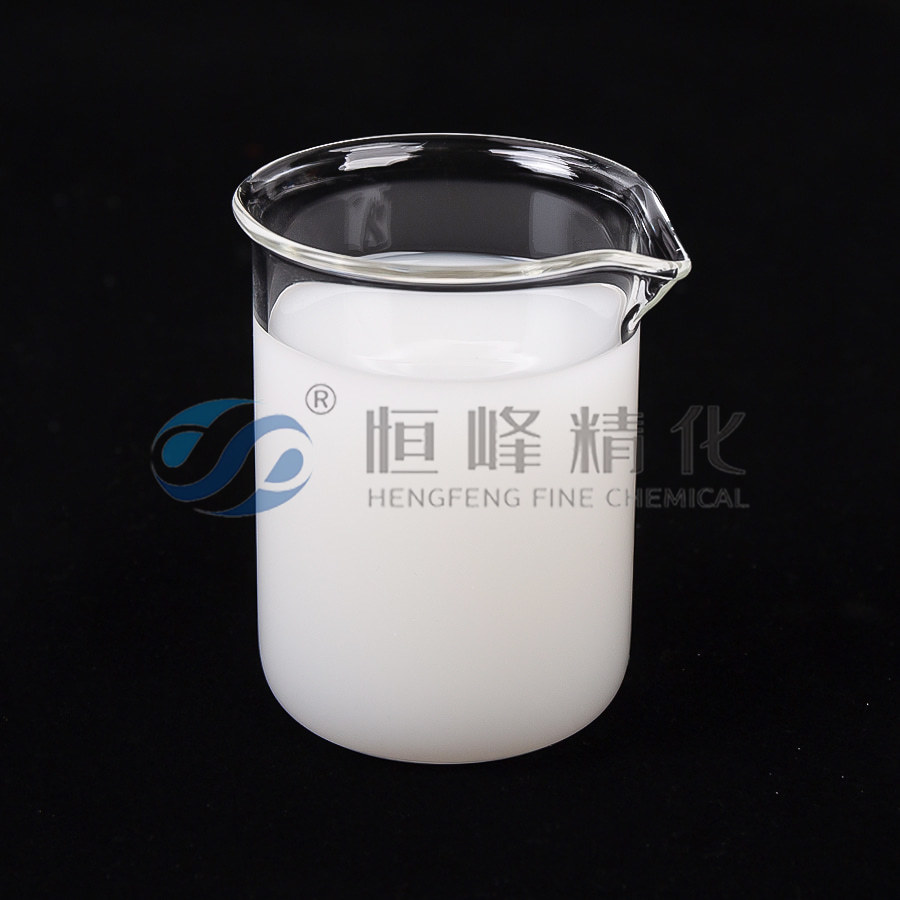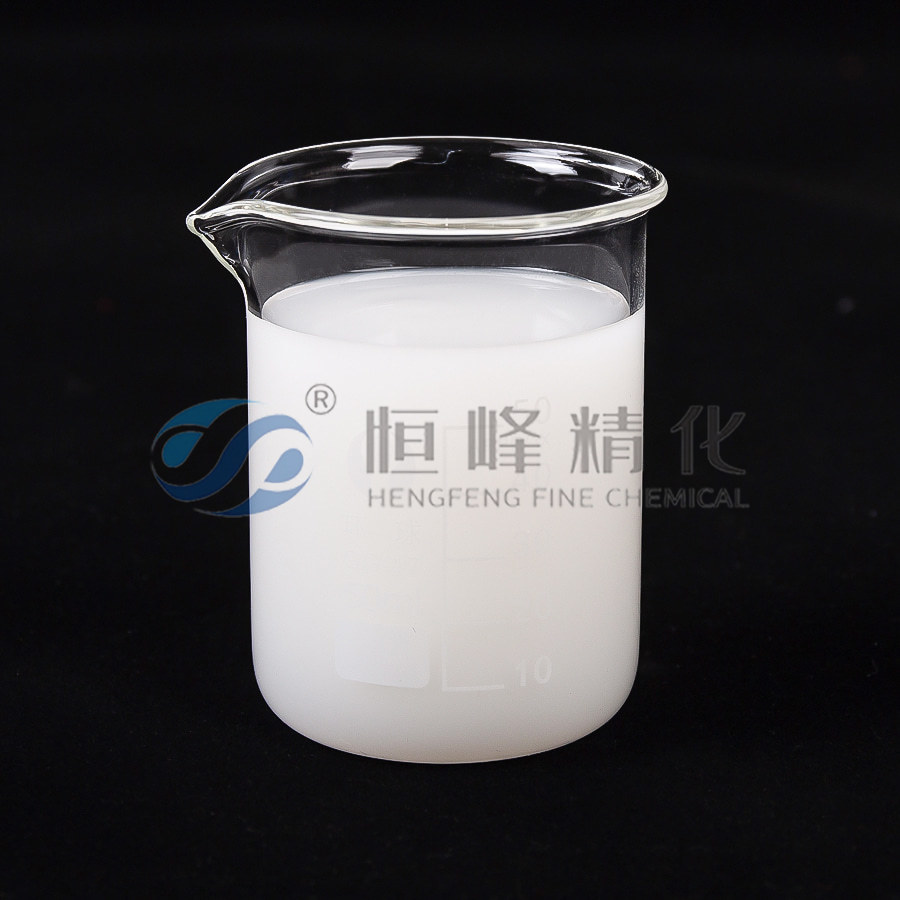Maximizing Oil Recovery with Polyacrylamide: The Key to Efficient Polymer Flooding in EOR
Polyacrylamide has become a game-changer in the oil and gas industry, particularly in enhancing oil recovery (EOR) through polymer flooding. EOR techniques are vital for maximizing production from mature or low-yielding reservoirs, and polyacrylamide is at the heart of one of the most effective methods for improving oil extraction rates. But how does this versatile polymer contribute to the efficiency of polymer flooding? To answer this, we need to dive into the science behind its role, from its function in thickening water to its ability to improve sweep efficiency and oil displacement.
Polymer flooding, which involves injecting water that has been thickened with a polymer such as polyacrylamide into oil reservoirs, enhances the movement of oil towards the production wells. The key to its success lies in the viscosity-enhancing properties of polyacrylamide. By increasing the viscosity of the injection water, polyacrylamide helps reduce the mobility difference between water and oil in the reservoir. In most reservoirs, water moves much faster than oil because of its lower viscosity, often bypassing significant amounts of oil that remain trapped in the pore spaces. Polyacrylamide’s ability to thicken water allows the injected fluid to maintain a more uniform front, pushing oil towards the wells and improving the overall sweep efficiency. This is particularly important in reservoirs where oil is trapped in low-permeability zones or where conventional waterflooding fails to recover significant volumes of oil.
Moreover, Oilfield polyacrylamide plays a critical role in reducing the risks of fingering and channeling that can occur in polymer flooding. When water is injected into the reservoir, it can sometimes form irregular channels, leading to the premature breakthrough of the injected fluid at the production wells, leaving oil behind. By thickening the injected water, polyacrylamide helps maintain a more stable front, allowing for more even displacement of oil throughout the reservoir. This results in less fluid loss and more effective utilization of the injected water, thereby maximizing the amount of oil that can be recovered.

The efficiency of polymer flooding is also greatly influenced by polyacrylamide’s ability to minimize fluid loss into the reservoir formations. During injection, some of the thickened fluid may leak into porous rock formations, reducing the overall effectiveness of the flooding process. Polyacrylamide helps mitigate this by forming a gel-like structure that reduces the permeability of the reservoir’s surface, making it more difficult for the injected fluid to escape into the surrounding rock. This ensures that more of the injected fluid stays within the target area, further enhancing the displacement of oil towards the production wells.
In addition to its technical advantages, polyacrylamide's environmental impact is also a key consideration in its widespread use in EOR. While polyacrylamide itself is relatively safe, the formulation used in the field must be carefully controlled to ensure biodegradability and minimize any adverse effects. In fact, polyacrylamide is often chosen because of its relatively low environmental footprint compared to other polymers or chemical additives. Its ability to break down over time means that its long-term impact on the environment is manageable, making it a preferred choice for companies aiming to optimize oil recovery without compromising ecological responsibility.
The effectiveness of polyacrylamide in polymer flooding is also linked to the high degree of customization it offers. Oilfields vary widely in terms of geological characteristics, temperature, pressure, and oil type. Polyacrylamide formulations can be tailored to suit specific reservoir conditions, ensuring optimal viscosity, stability, and performance. Whether the reservoir is located in a high-temperature environment or has low permeability, polyacrylamide’s flexibility allows engineers to fine-tune the injection fluids to achieve the best possible recovery results.
Oilfield Polyacrylamide’s contribution to the efficiency of polymer flooding in enhanced oil recovery is undeniable. Through its ability to increase the viscosity of the injection water, improve sweep efficiency, minimize fluid loss, and reduce environmental risks, polyacrylamide plays a central role in improving the economics of oil recovery. As the demand for more effective and sustainable oil extraction methods continues to rise, polyacrylamide stands out as a reliable and versatile tool, ensuring that oil companies can extract more from their reservoirs while minimizing waste and environmental impact. Its proven performance in EOR makes it a key element in the future of oil and gas production.


 English
English Español
Español عربى
عربى Русский
Русский Tiếng Việt
Tiếng Việt
















